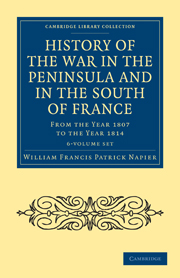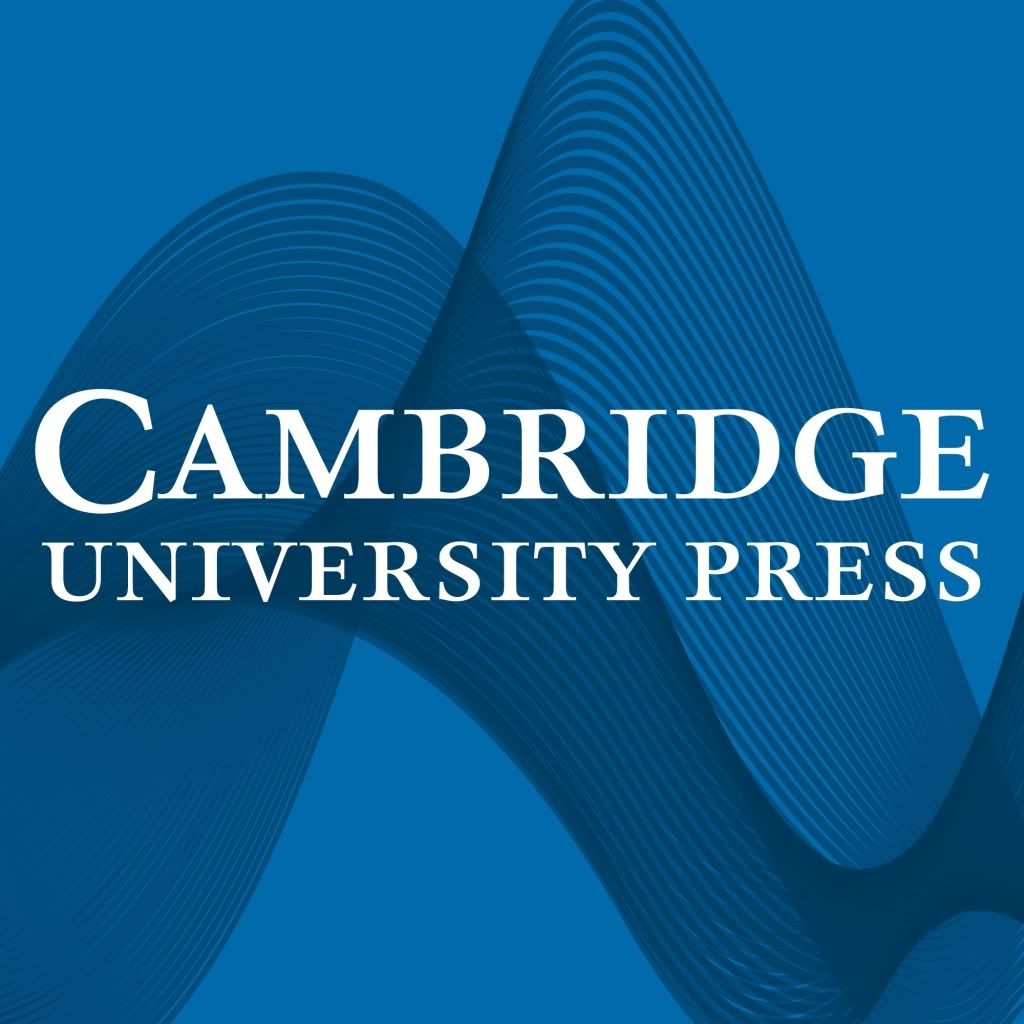 One of the striking things about so many of our nineteenth-century authors is simply how much they did. They did practical research, they wrote books, they sat on committees, they taught, they wrote each other voluminous letters, some of them were clergymen who also had services to conduct, sermons to write and a parish to manage – and all this without any of the mod cons such as telephones, computers, email and the Word Wide Web which have become the sine qua non of so much academic activity.
One of the striking things about so many of our nineteenth-century authors is simply how much they did. They did practical research, they wrote books, they sat on committees, they taught, they wrote each other voluminous letters, some of them were clergymen who also had services to conduct, sermons to write and a parish to manage – and all this without any of the mod cons such as telephones, computers, email and the Word Wide Web which have become the sine qua non of so much academic activity.
Of course, as a (female) colleague acerbically remarked, they did have wives and servants . . . There is a wonderful vignette in Penelope Lively’s novel about London, City of the Mind, where Richard Owen, the great Victorian palaeontologist, sits in his quiet study contemplating the structure of the fossil ichthyosaurus while his wife contemplates the rotting rhinoceros carcass which has been delivered straight from London Zoo to her doorstep for her husband to dissect.
But consider Mrs Somerville, who has already been mentioned in the context of the close personal relationships between so many of the intellectual elite of the nineteenth century. Born in 1780, she was the daughter of a Scottish naval officer, and, apart from one year in a boarding school for young ladies, was entirely self-taught. Her uncle helped her with Latin; but her father forbade her studying mathematics. Undaunted, she obtained copies of Euclid’s Elements and a book on algebra and studied them in secret. She married a Russian-born cousin in 1804, and his job took her to London, where she continued to study mathematics (though her husband seems to have taken the same dim view as her father), learnt French, and gave birth to two boys.
On her husband’s sudden death in 1807, she moved back to Fife, but with the (relative) independence brought by her widowed status and a small inheritance, she began to move in the intellectual circle of Edinburgh, and continued her study of mathematics with two tutors from the university who recognized her talent. In 1812, she married another cousin, William Somerville, an army doctor who (at last!, one feels) positively encouraged her scientific studies. His work took the family – now enhanced by two daughters – back to London in 1816, and it was at this point that Mary’s career as an interpreter and populariser of scientific discoveries, especially in physics and astronomy, really took off.
Henry (later Lord) Brougham asked her to translate and synthesise Laplace’s Méchanique Céleste for an English readership (leading to Laplace’s famous comment about the only three women who understood him, two of whom turned out to be Mary). She then published On the Connection of the Physical Sciences in 1834, subsequently producing nine new editions containing the latest research. This book was a continuing best-seller, but her family circumstances were sufficiently difficult that she was awarded a civil list pension in 1835. The family moved to Italy in 1838, partly because of William’s health (he died in 1860) but also perhaps because living was cheaper abroad. Mary continued to write, producing her two-volume Physical Geography in 1848, but unlike other English expatriates in Italy, the family did not settle in one place: they spent a lot of time in Rome, but also stayed in Perugia, Florence, Venice and Naples, where Mary died in 1872, still happily working on mathematical problems at the age of ninety-one.
There is a remarkable throw-away line in Mary’s Personal Recollections (edited by her daughter Martha after her death): Mary has a few lines about the death of her eldest daughter, Margaret, and Martha adds: ‘The long illness and death of this young girl fell heavily on my mother , who by this time had lost several children.’
So here is Mrs Somerville, possibly the most learned woman of her generation, keeping house on a limited income, nursing an invalid husband, enduring widowhood twice, losing a beloved daughter – ‘a child of intelligence and acquirements far beyond her tender age’ – and the younger of her two Grieg boys in infancy (and apparently other children too, though whether during birth or infancy is not clear); arranging lessons for the children (and teaching them herself), continuing to study (mineralogy, botany), travelling widely across Europe with her family, corresponding with the great men of her age, writing and updating works which were enormously influential as university text-books throughout the nineteenth century – and all without a wife! Her daughter mentions – and gives examples of – Mary’s powers of concentration, which enabled her to work on in the midst of domestic hubbub. But I must read the Personal Recollections right through, instead of dipping in and out, to see if the servant question is ever answered.
Caroline



Pingback: Icones Plantarum | Cambridge Library Collection Blog
Pingback: Inspiring Women | Cambridge Library Collection Blog
Pingback: Who Said That? | Cambridge Library Collection Blog
Pingback: The Pen and the Pencil | Cambridge Library Collection Blog
Pingback: A List of Women Scientists | Cambridge Library Collection Blog
Pingback: Goodbyeee! | Cambridge Library Collection Blog
Pingback: Names | Professor Hedgehog's Journal
Pingback: Plant of the Month: March | Professor Hedgehog's Journal